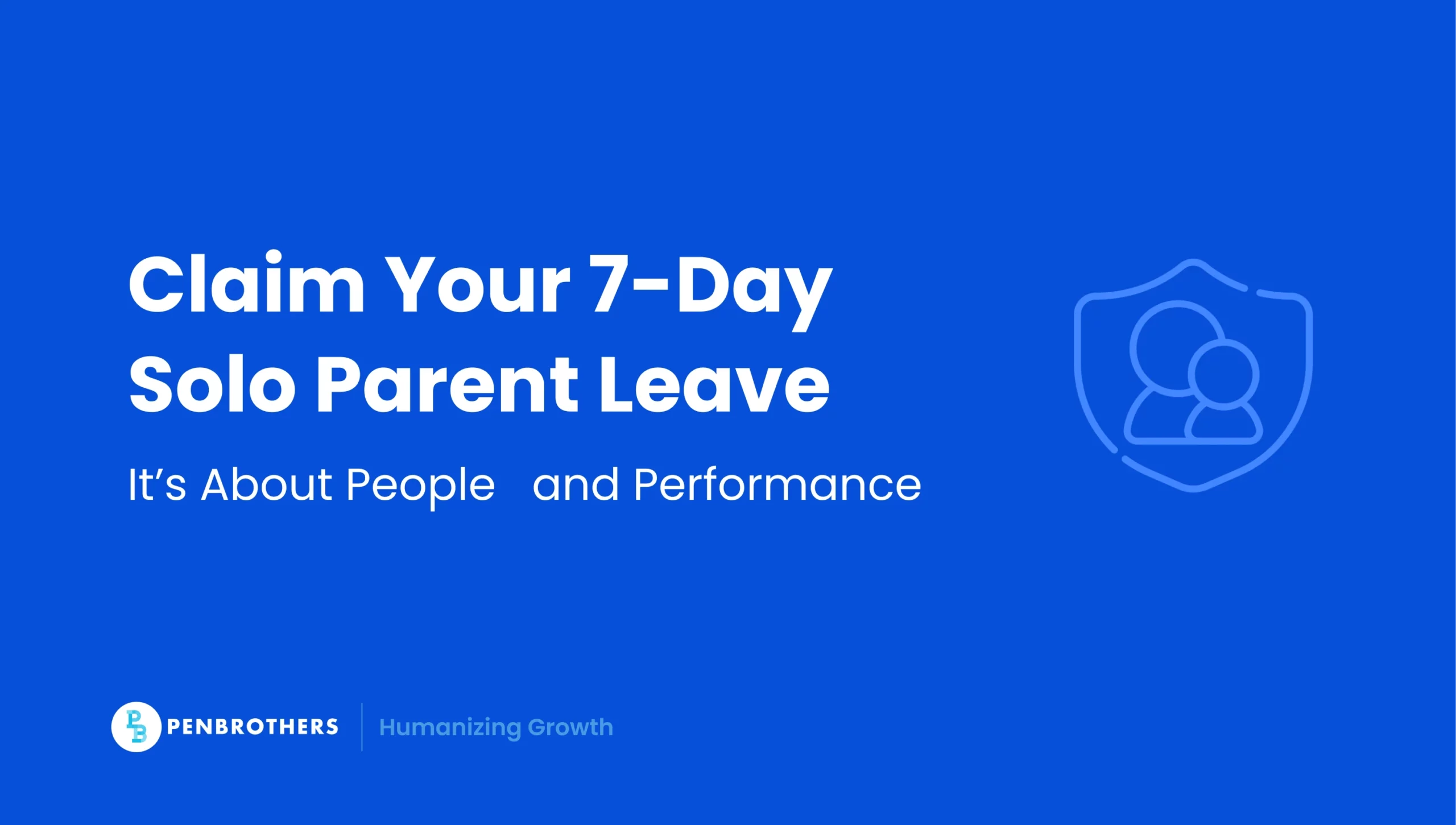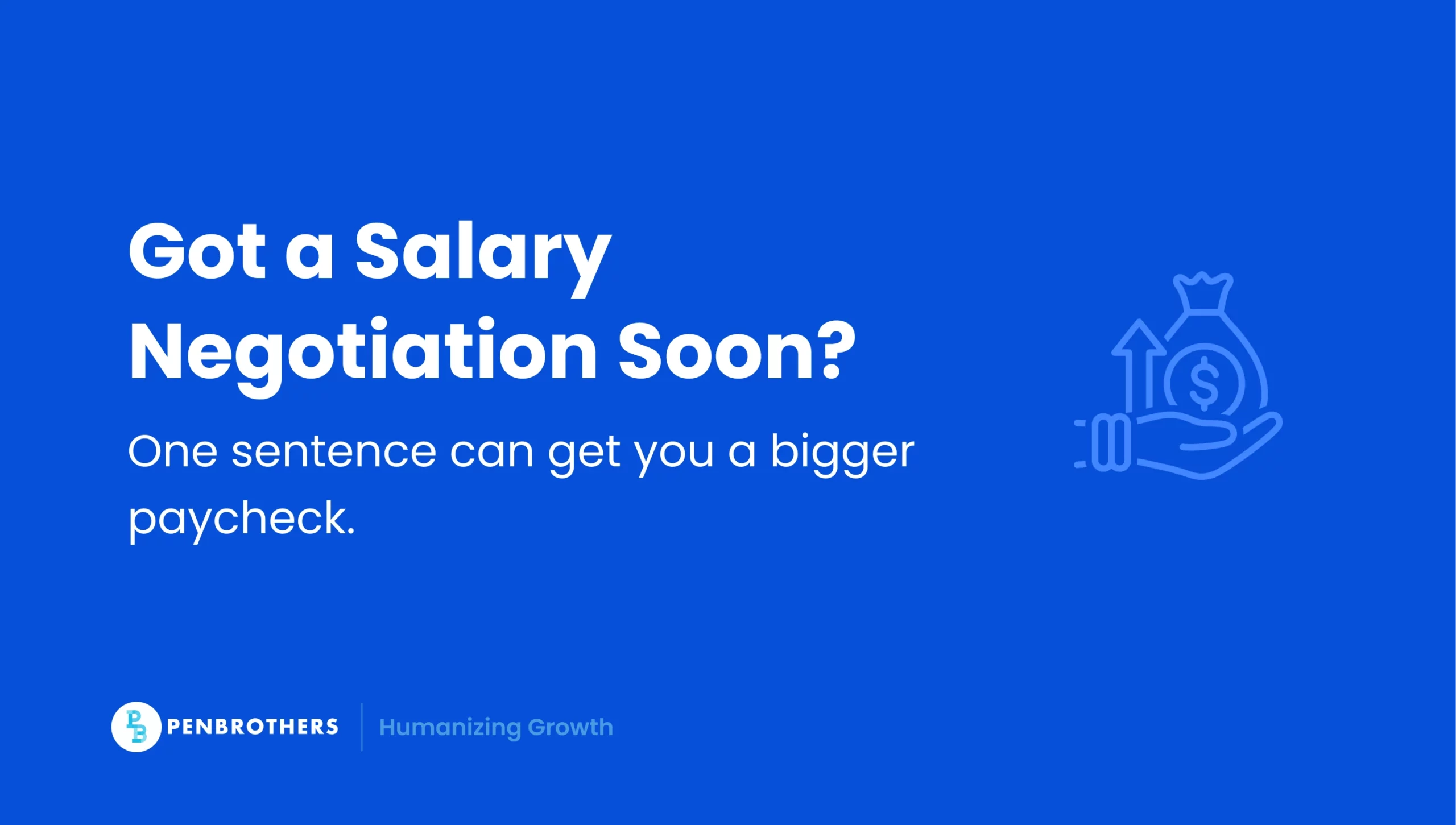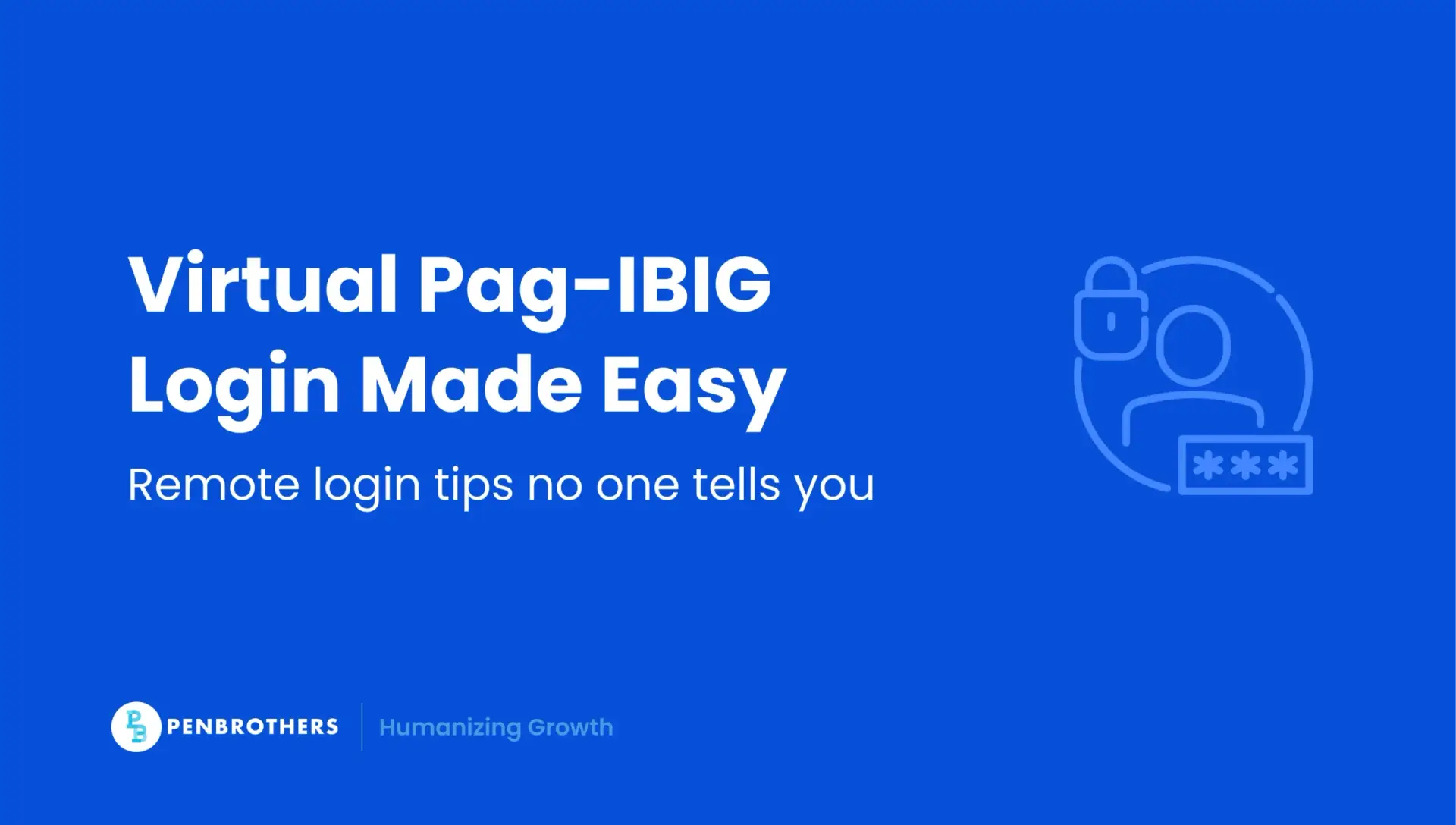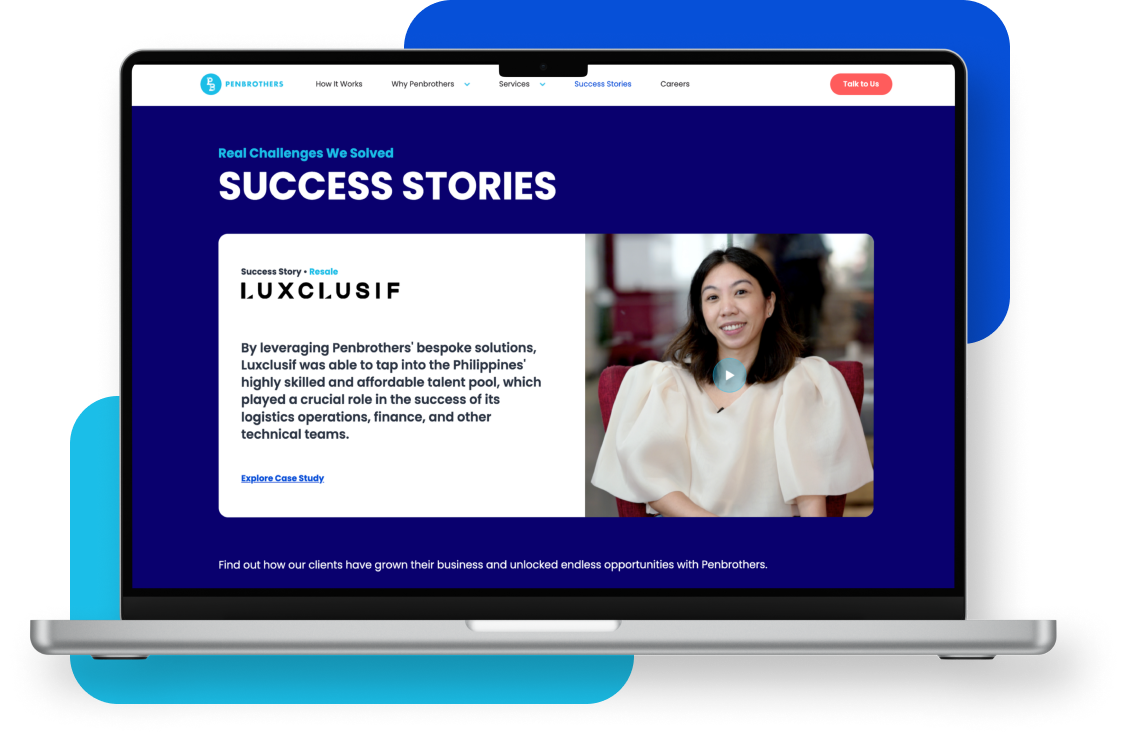What's Inside?
Solo Parent Leave in the Philippines: Employees and Employers 2025 Guide

Key Takeaways
- A Mandated Benefit Under the Expanded Law: Under the Expanded Solo Parents Welfare Act (RA 11861), qualified solo parents in the Philippines are entitled to seven days of fully paid leave annually. This leave is separate from and in addition to standard sick and vacation leaves.
- Eligibility Has Been Broadened and is More Inclusive: The law provides an expanded definition of a “solo parent.” Eligibility now extends beyond widowed or abandoned parents to include legal guardians, foster parents, unmarried individuals who choose to raise their child, and even relatives who have sole responsibility for a child’s upbringing.
- A Solo Parent ID is the Essential Prerequisite: To access the seven-day leave and other related benefits, an individual must first apply for and secure a Solo Parent ID from their Local Government Unit’s (LGU) Solo Parent Office. This ID is the official document that employers require to grant the leave.
- Employer Compliance is Mandatory and Enforced: Employers are legally required to grant the paid leave to any eligible employee who has rendered at least six months of service and presents a valid ID. Non-compliance can result in significant penalties, including fines of up to ₱200,000 and potential imprisonment.
What is Solo Parent Leave in 2025?
Solo Parent Leave is a government-mandated benefit that grants seven additional paid leave days annually for qualified solo parents. It’s designed to ease the unique challenges of raising a child alone, be it financial, emotional, or logistical.
What is the new law of solo parents?
The new law, Republic Act No. 11861, also known as the Expanded Solo Parents Welfare Act, strengthens protections and support for solo parents in the Philippines. By building on RA 8972, it takes into account the shifts in what defines a family in modern times. The law extends eligibility to more categories of solo parents, such as OFWs separated from their children for at least 12 months, unmarried individuals who choose to raise their child, and even relatives serving as primary caregivers due to family breakdown. This updated legislation responds to the evolving definitions of family and caregiving in a post-pandemic workforce.
For employees, this means more than just recognition. It translates to tangible support: 7 days of fully paid leave, tax discounts, automatic PhilHealth coverage, and access to government programs like scholarships, livelihood training, and housing. It also offers flexible work arrangements, a critical benefit for solo parents juggling child care and employment. If you’re unsure about your eligibility, it’s worth checking with your LGU’s Solo Parent Office, as compassionate grounds may apply.
From an employer’s perspective, RA 11861 is a compliance priority and an opportunity to improve workforce equity. HR teams must update policies to reflect the law’s expanded coverage and ensure that leave systems and payroll tracking account for Solo Parent Leave. Beyond compliance, implementing this well signals a deeper commitment to diversity, inclusion, and employee well-being—values that resonate with today’s talent.
Whether you’re navigating solo parenting or managing HR compliance, understanding this benefit protects both your rights and your workplace. Let’s start by defining who qualifies.
Who is Considered a Solo Parent Under RA 11861?
RA 11861 expands the definition of a solo parent beyond just widows or abandoned spouses. As of 2025, you are eligible if you fall under one of the following:
- A parent who provides sole parental care due to death, abandonment, or legal separation
- A spouse of a detained or physically/mentally incapacitated partner
- A legal guardian or adoptive/foster parent with sole responsibility
- An unmarried individual who has chosen to keep and raise their child
- OFWs or domestic workers separated from their spouse or partner due to work for at least 12 consecutive months, and are exclusively supporting their child.
- Individuals, regardless of gender identity, who are solely responsible for the upbringing of their child/ren.
- Any relative solely responsible for a child due to a family breakdown
If you believe your case is unique, check with your LGU’s Solo Parent Office. They may still recognize your eligibility under compassionate grounds.
The broader definition reflects a more inclusive approach. It should be one that aligns with how families actually function today. Next, let’s break down what benefits are available in 2025.
Related: If you’re applying for an SSS Salary Loan, use this guide.
Key Solo Parent Leave Benefits in 2025
Solo parents are entitled to benefits that support their dual role as provider and caregiver. The most significant leave-related provisions include:
- 7 days of paid Solo Parent Leave per year (not deducted from SL/VL)
- Flexible work schedules (subject to company policies)
- Priority in government housing and educational programs
- 10% discount and exemption from value-added tax (VAT) for solo parents earning less than Php250,000 annually on the purchase of their child’s milk, food, micronutrient supplements, sanitary diapers, prescribed medicines, vaccines, and other medical supplies from birth until the child turns six years old.
- Educational scholarships for qualified dependents
- Livelihood and training programs under DSWD or LGUs
- Automatic PhilHealth coverage for indigent solo parents (based on DSWD certification)
These provisions help solo parents meet their family’s needs while staying productive in the workplace. For employers, these benefits signal an opportunity to foster loyalty and retention.
Leave is one thing, but how much will you actually receive in terms of pay? Let’s break that down next.
Related: Maternity Leave in the Philippines
What are the Benefits of Solo Parents in SSS?
As of 2025, there are no solo-parent-specific benefits under the Social Security System (SSS). However, solo parents who are SSS members, whether formally employed, self-employed, or voluntary, remain fully entitled to the standard SSS programs, which are especially critical in single-income households. The key difference is not in entitlement but in how essential and time-sensitive these benefits become for solo parents supporting dependents on their own.
Among the most relevant SSS programs are:
- Sickness Benefit: This is a cash allowance provided each day to eligible members who are temporarily unable to work due to health-related reasons. Solo parents may rely on this during personal illness or when no alternative caregiver is available for a sick child. Eligibility requires at least three monthly contributions within the 12-month period before the semester of illness, and employer notification within five calendar days of absence.
- Maternity Benefit: For solo mothers, this is a crucial financial lifeline. Qualified female members may receive 105 days of paid leave for live childbirth (with an additional 15 days for solo parents under RA 11210), provided they have at least three monthly contributions in the 12 months before the semester of delivery. Notably, the additional 15 days granted under the Expanded Maternity Leave Law is the only SSS-linked benefit that directly references solo parent status.
- Salary Loan: Members who are unable to report for work because of an illness or injury may receive a daily financial benefit. For solo parents, this short-term loan may cover child-related emergencies or basic household needs. Repayment is required within two years, and employers are responsible for remitting payments on behalf of employed borrowers.
- Disability, Retirement, and Death Benefits: These provide long-term financial protection for the solo parent and their dependents. For solo parents with minor children, ensuring up-to-date contributions means that in case of permanent disability or death, their beneficiaries can claim monthly pensions or lump-sum benefits.
It’s important to clarify that SSS benefits are not automatically enhanced or prioritized based on solo parent status. Entitlement depends strictly on a member’s contribution history, eligibility compliance, and documentary requirements. That said, for solo parents with no secondary income or co-guardian, SSS becomes a critical safety net, not just a formality.
Employers, by law, must enroll all qualified employees in SSS and remit contributions on time. For HR teams, it’s good practice to brief solo parents, especially new hires or those returning from leave, on their SSS status, recent postings, and benefit application procedures. Proactive documentation and early filing can significantly reduce benefit delays, which is especially crucial when there is no shared financial fallback at home.
Is Solo Parent Leave Paid? How Much Can You Expect?
Yes. Solo Parent Leave is fully paid by the employer. It’s separate from existing leave benefits like SL, VL, or Maternity Leave.
Here’s how it works: If you earn ₱20,000 monthly, your daily rate (assuming 261 working days/year) is roughly ₱766.41. Multiply that by 7 days, and that’s ₱5,364.87 worth of paid leave annually.
Note that pay is based on the employee’s daily basic rate, excluding allowances (unless company policy states otherwise).
Employers must budget for this benefit, especially for larger teams. Integrating it into existing leave tracking systems can streamline both compliance and payroll operations.
Understanding how much you’re entitled to financially can help you plan better, whether you’re a parent or a payroll officer. Now, how do you actually apply for this leave?
How to Apply for Solo Parent Leave and Solo Parent ID
To access your leave, you must first secure a Solo Parent ID. Here’s a simplified step-by-step guide:
- Gather documents: Proof of solo parenting status, income certificate, child’s birth certificate, valid ID
- Submit these to your LGU’s Solo Parent Office
- Attend a brief interview or assessment
- Wait for ID issuance (usually 7–14 working days)
- Once you have the ID, inform your HR and submit a formal leave request
Reminder: Solo Parent ID is valid for one year and must be renewed.
Employers can streamline internal approval by requiring a copy of the Solo Parent ID and leave application form. Having clear procedures makes the process fair and efficient for all parties.
Next, we’ll walk employers through what’s required of them under the law, and the risks of non-compliance.
Related: Paternity Leave in the Philippines
What Employers Need to Know: Compliance and Penalties
Under RA 11861, employers are required to:
- Honor the 7-day paid leave once an employee presents a valid Solo Parent ID
- Provide flexible work schedules when applicable
- Maintain accurate leave records and documentation
- Avoid discrimination in hiring, promotion, or termination based on solo parent status
Non-compliance can result in fines ranging from ₱50,000 to ₱200,000 or imprisonment of up to 6 months. Repeat violations may lead to revocation of business permits.
To stay compliant, HR teams should update leave policies, brief managers, and develop internal templates for verifying and approving requests. Compliance isn’t just legal. It’s cultural leadership.
If you still have lingering questions, let’s address the most common ones next.
Can Employers Deny Solo Parent Leave?
No. Employers are required by law to approve Solo Parent Leave once an employee submits a valid Solo Parent ID and has rendered at least six months of service. While the law is clear, denials still happen—not always through a direct refusal, but through slow approvals, unclear timelines, or administrative silence. These delays often point to gaps in how internal teams interpret or implement the policy. Some companies fail to update manuals, brief their approvers, or train HR personnel on less common benefit categories. In many cases, the leave isn’t denied out of defiance, but because no one knows how to process it properly.
For employees, this silence can feel like a rejection. If your leave request goes unanswered or is delayed without clear feedback, submit it again in writing with your Solo Parent ID attached. Keep a record of all communication. If there is still no action, escalate to your LGU’s Solo Parent Office or file a complaint through DOLE. Most local offices log these cases, which helps surface patterns of repeated violations across companies. You don’t need legal expertise to act. You just need a paper trail.
Solo Parent Leave is a legal right and a reflection of a company’s operational integrity. If it’s routinely mishandled, that signals more than a compliance issue. It reveals a deeper gap between policy and practice. For companies serious about retention and equity, the solution isn’t just awareness. It’s building systems where approval is the default, not the exception.
FAQs About Solo Parent Leave in the Philippines
Q: Is Solo Parent Leave convertible to cash if unused?
A: No. Unlike unused VL or SL, it is non-convertible and non-cumulative.
Q: Can both parents claim solo parent benefits?
A: No. Only one parent can qualify based on sole responsibility and custody.
Q: What if HR denies my Solo Parent Leave?
A: You can escalate to the DOLE or your LGU for resolution.
Q: Can I avail of this during probation?
A: Yes, as long as they have rendered at least six months of service.
If you’re comparing this leave to others, it helps to view them side by side. That’s up next.
Solo Parent Leave vs. Other Family-Related Leaves
Here’s a quick comparison table:
| Leave Type | Days | Paid? | Who Can Avail |
| Solo Parent Leave | 7 | Yes | Qualified solo parents (RA 11861) |
| Maternity Leave | 105 | Yes | Female employees |
| Paternity Leave | 7 | Yes | Married male employees |
| Special Leave for Women | 60 | Yes | Women undergoing gynecological surgery |
Solo Parent Leave is unique in that it targets long-term caregiving, not specific life events. That distinction makes it a vital tool for working parents juggling both roles.
Still, the challenges go far beyond policy. Let’s explore the real-world struggles many solo parents face in the workplace.
Challenges and Realities for Solo Parents at Work
Despite legal protections, solo parents often face:
- Subtle discrimination in promotions
- Limited access to flexible work schedules
- Difficulty securing documentation from LGUs
- Lack of awareness among supervisors or HR staff
Take Liza, a customer service rep who was denied Solo Parent Leave because her manager “didn’t know it existed.” She eventually escalated to HR, but not without stress and lost time.
Creating a culture of understanding starts with awareness. For job seekers, it also starts with asking the right questions during interviews, which we’ll get into next.
How Job Seekers Can Ask About Solo Parent Benefits During Interviews
It’s possible to ask about benefits without raising red flags. Try framing your question like this:
“Does your company have a formal policy on Solo Parent Leave under RA 11861?”
Or,
“How does your team support employees who are primary caregivers?”
Employers who answer clearly signal transparency and compliance. Avoid companies that seem unsure or dismissive. It could point to deeper issues.
But what if you’re already employed and facing denial of your rights? Here’s what to do.
What to Do if Your Solo Parent Rights Are Denied
If your leave request is wrongfully denied:
- Raise the issue with your HR in writing
- If unresolved, report to DOLE or your LGU’s Solo Parent Office
- File a complaint via DOLE hotline 1349 or online portals
Here’s a sample message:
Subject: Solo Parent Leave Request Follow-up
Dear (Name),
I’m writing to follow up on my recent leave request dated [insert date] under RA 11861. Attached is a copy of my valid Solo Parent ID. Kindly clarify the reason for non-approval and let me know the next steps.
Thank you,
[Your Name]
Knowing your legal options makes you more empowered and gives HR a chance to correct unintentional errors. Lastly, let’s reflect on why all of this matters.
Conclusion: Why Supporting Solo Parents Benefits Everyone
Supporting solo parents isn’t just about compliance. It’s about compassion. It empowers resilient individuals who shoulder two roles every day, and it helps companies build a reputation for equity and empathy.
For employees: Know your rights, apply confidently, and report any violations.
For employers: Update your policies, train your HR teams, and lead by example.
The Expanded Solo Parents Welfare Act is not just a law. It’s a step toward a more inclusive and humane workforce. Let’s move forward with that in mind.
Just in case you’re looking for a new career that is 100% compliant, you may check out our open roles that have attractive packages and flexible work setups.
Frequently Asked Questions
Yes, the seven days of Solo Parent Leave are fully paid by the employer. The pay is based on the employee’s daily basic rate and is not deducted from other leave entitlements like vacation or sick leave.
Yes, you can avail of the leave during your probationary period as long as you have rendered at least six months of service with the employer and can present a valid Solo Parent ID.
No. Unlike some other types of leave, Solo Parent Leave is non-cumulative and is not convertible to cash if it is not used by the end of the year.
An employer cannot legally deny the leave if you have a valid Solo Parent ID and have met the service requirement. If your request is denied, you should first follow up with your HR department in writing. If the issue is not resolved, you can escalate the matter by filing a complaint with the Department of Labor and Employment (DOLE).
The definition is broad and includes not only a parent providing sole care due to circumstances like death or abandonment, but also the spouse of an incapacitated or detained partner, a legal guardian or foster parent with sole responsibility, an unmarried person who has chosen to raise their child, and any relative who is the sole caregiver for a child due to family breakdown.
*This article was crafted with the support of AI technology and refined by a human editor.





